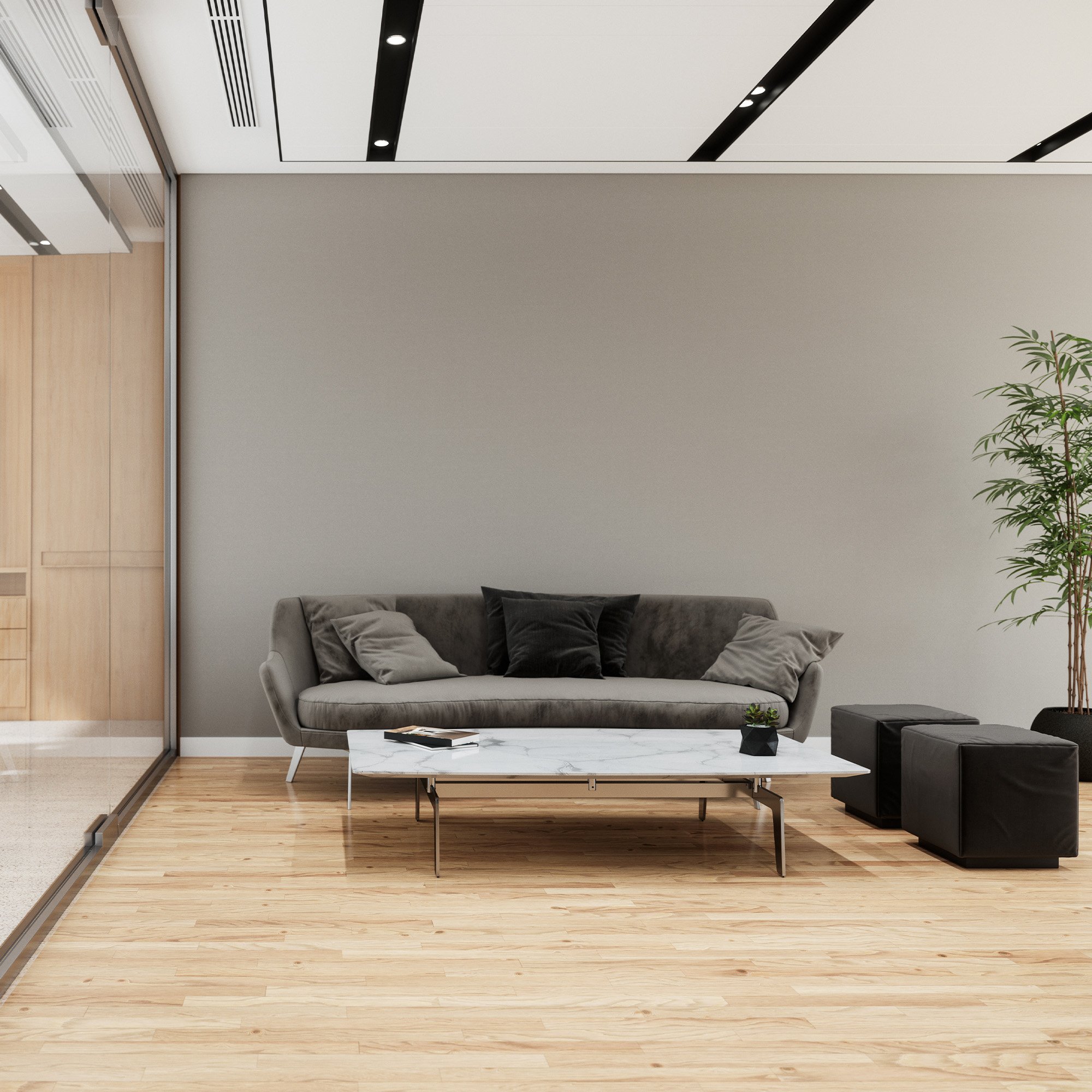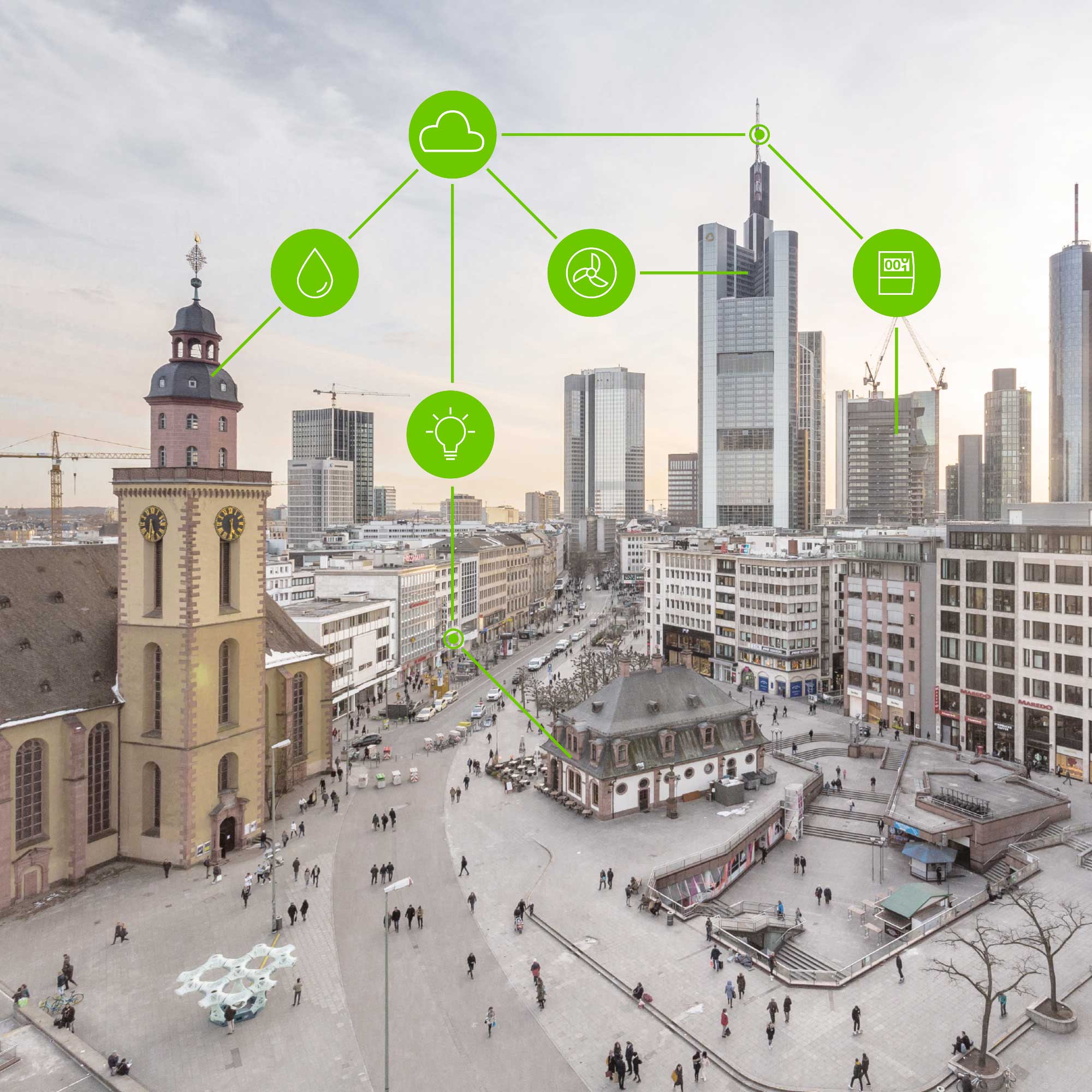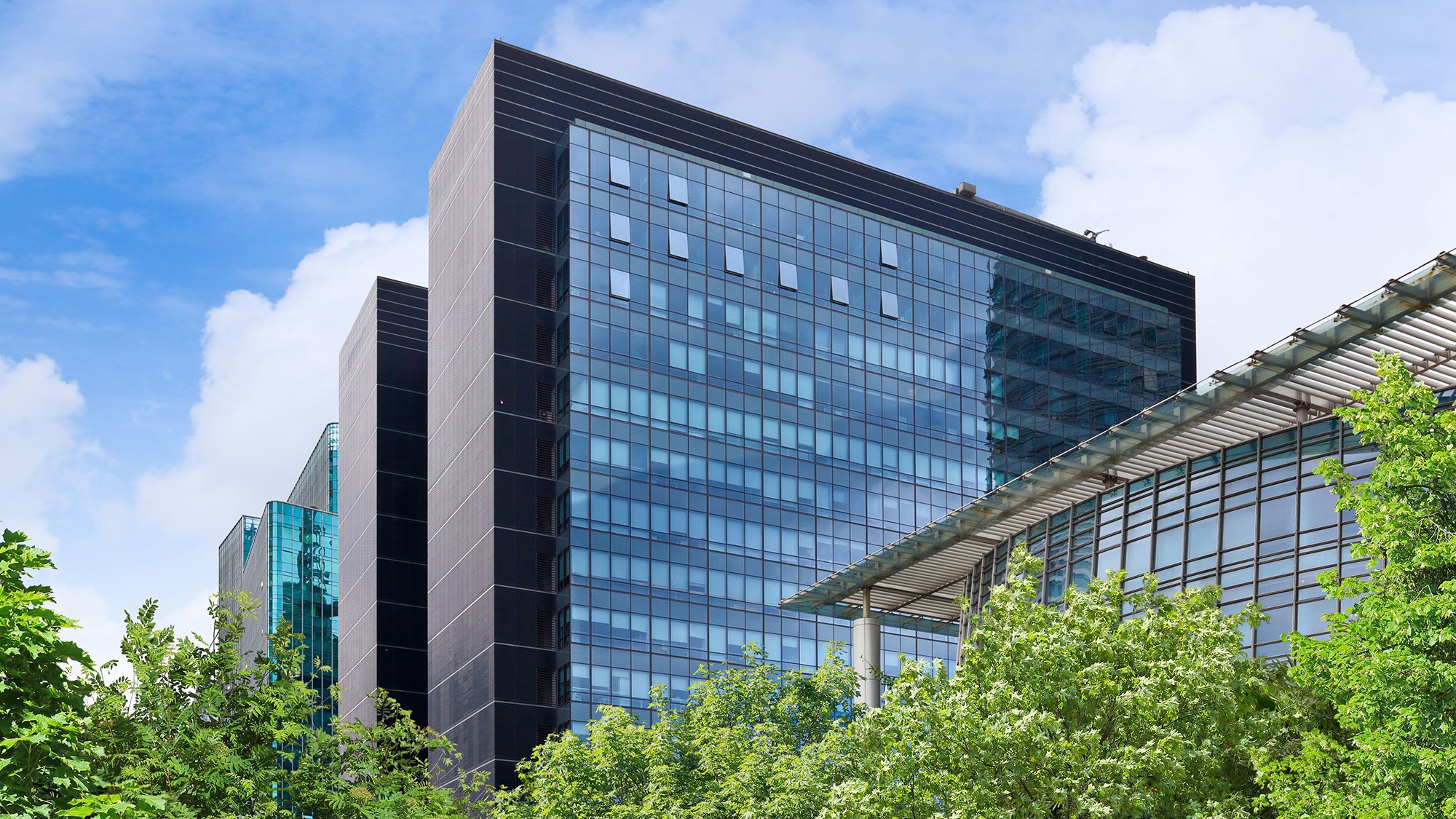Building automation has been gaining importance for years. Not least because, thanks to continuous progress in digitalization and increasing innovation speed, ever greater comfort and efficiency gains can be achieved. Especially in the building sector, political guidelines – such as the EPBD or Renovation wave – are also pushing smart solutions forward. In line with the motto: Green Buildings are Smart Buildings.
The most important prerequisite for a sustainable and thus intelligent building is that all components are networked and can communicate with one another. Standardized, safe automation technology is crucial.
In order to meet these developments and requirements in a future-proof manner, holistic and flexible solutions are required. These solutions will ensure cross-industry planning, commissioning and efficient operation of buildings, as well as partners who support with project experience and technological know-how in every phase of the building life cycle.
At WAGO, you get all this from one source: from hardware to software to consulting and service.
Benefit from Our Expertise:
Your partner: WAGO is a solution provider for modular, integrative building automation systems.
Expertise: We have many years of experience in developing system solutions that simplify your work and make your buildings more transparent.
Flexibility: From standardized to individual, project-specific solutions – WAGO is your reliable contact and consultant for planning and commissioning building services.
Strong network: With our WAGO Solution Provider program, we unite project-specific clients and implementation experts.






